In the world of startups, first impressions can make or break opportunities. Founders, imagine presenting your vision to potential investors, only to lose their interest within minutes. The issue? A lackluster executive summary. But there’s hope. With the right approach, you can captivate your audience from the get-go, ensuring they’re eager to learn more.
Dive in to discover a proven strategy that transforms your summary from mundane to magnetic, opening doors to success.
What is an Executive Summary?
An Executive Summary is a brief and concise summary of a longer document, report, or proposal. It provides an overview of the main points, key findings, and recommendations, allowing the reader to quickly understand the purpose and content of the document without having to read the entire text. It is often used in business plans, research reports, and other documents to provide a snapshot of the content to busy executives or stakeholders.

Source: Google
When Should You Employ an Executive Summary?
An executive summary is useful whenever a document becomes lengthy or intricate, requiring a concise overview to assist busy executives and decision-makers grasp its essence.
Common scenarios where an executive summary is valuable include:
- Business plans
- Reports
- Proposals
- Research papers
- Marketing plans
- Investment proposals
Varieties of Executive Summaries
Before delving into the steps of composing an executive summary, let’s briefly explore the diverse types you might encounter:
- Business Plan Executive Summary:
A concise outline of a company’s business plan, spotlighting its mission, market analysis, products/services, financial projections, and growth strategies.
- Project Proposal Executive Summary:
A condensed rendition of a project proposal, outlining its objectives, scope, methodology, budget, and anticipated outcomes.
- Research Report Executive Summary:
A summary of an extensive research report, delivering an overview of the study, methodology, key findings, and recommendations.
- Marketing Plan Executive Summary:
An overview of a marketing plan, encompassing market analysis, target audience, marketing strategies, and projected results.
Components of an Executive Summary
The executive summary must be brief, usually limited to one or two pages.
It should encompass:
If your plan involves product manufacturing, consider incorporating a Products and Services section. Provide as much relevant information as possible within a well-organized and concise document.
Before We Begin!
For startup enterprises, the executive summary assumes paramount importance. The journey toward success necessitates an in-depth understanding of the target market, coupled with meticulous research. The executive summary is like a storage place that holds all the important information from the research. It shows how much thought and effort the startup put into planning. This makes the startup more appealing to potential investors. This could lead to getting the funding needed to start and grow the startup.
Dos and Don’ts of Writing an Executive Summary

A Single-page Document of Executive Summary could Encompass:
- Elevator pitch
- Simplified description of your services (skip the convoluted “global leader” language)
- Team introduction with images – encompassing board members and advisors
- Distinctive aspects of your solution
- Target market details (economic buyer and estimated numbers)
- Strategy for expansion (go-to-market approach)
- Initial progress and early accomplishments, including positive user feedback
- Notable clientele list, if applicable
- Business model clarification
- Future company trajectory and ambitious vision
- Key factors that set your company apart Tailored to the audience:
- Desired outcomes:
- Seeking funding? Mention the required amount and its allocation – provide contact details.
- Searching for talent? Direct applicants where to apply.
- Targeting customers? Indicate where to make purchases.
- Needing beta users? Provide registration information.
- Comprehensive contact information, including email, website, online platforms, and phone number. Also, specify your company’s location.
Below are some one pager executive summary report examples:
(Startup Executive Summary Examples)
Your summary has to fit all the important things investors need to decide on just one page. Usually, this includes:
- Saying why your company is special
- Explaining what your product or service is
- Talking about the people who will buy your product and the market it’s in
- Telling how your business works and what you’re planning for the future
- Showing how much money you think you’ll make
- Saying how much money you need
- Sharing any other interesting things about your company and the people who started it
Making your startup’s executive summary can help you understand what your company is good at and where it needs to improve and it can help you talk about the things that investors care about when you’re trying to get their support.
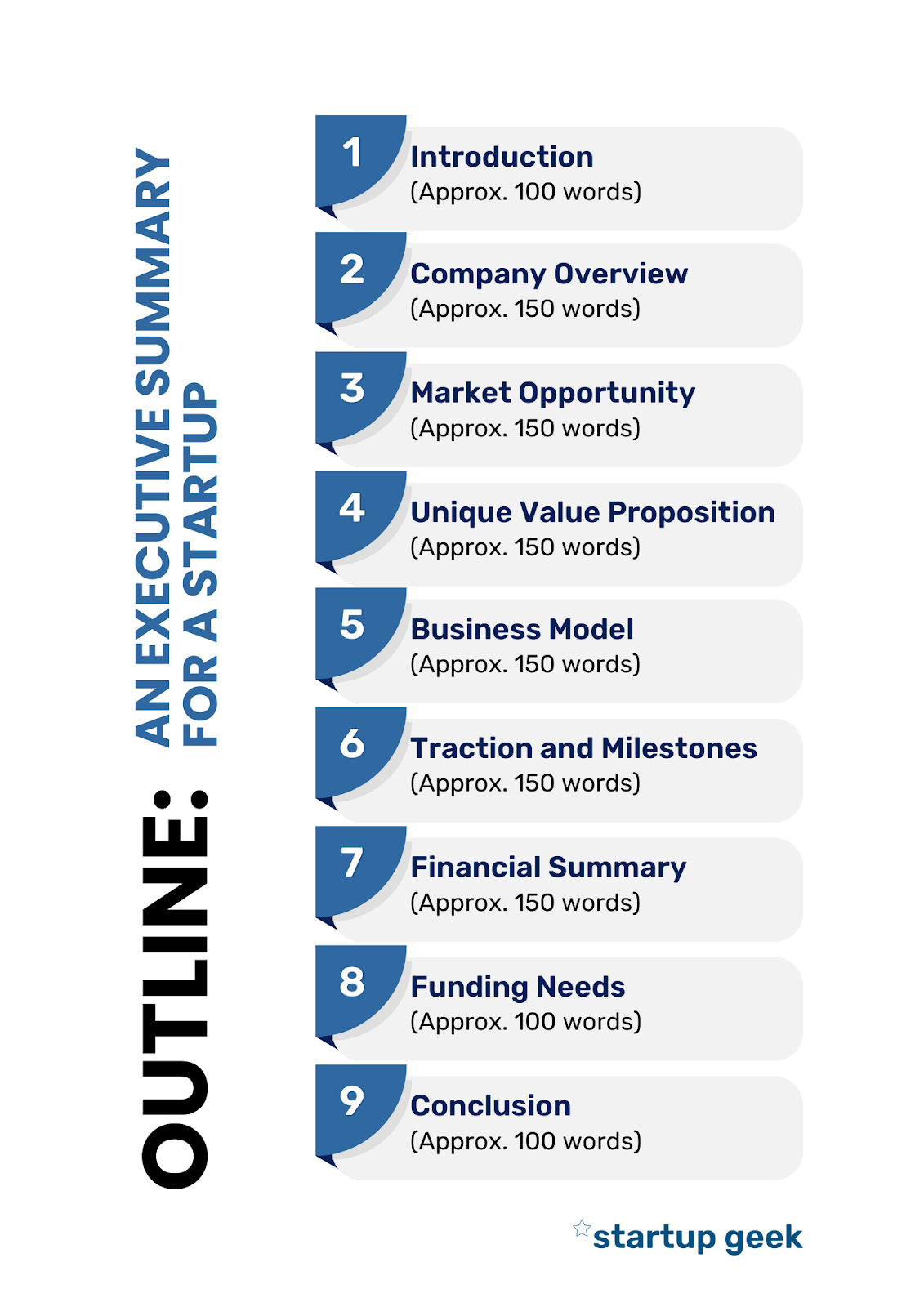
Crafting an Effective Startup Executive Summary: A Comprehensive Step-by-Step Guide
- Craft a Compelling Introduction:
Begin your executive summary with an attention-grabbing introduction that not only introduces your startup but also evokes curiosity and interest. Use powerful language and vivid imagery to captivate the reader from the outset.
Let’s take the example of a startup dedicated to revolutionizing botanical perennials for the natural supplement industry:
“Botanical Bounty is an existing farm dedicated to the production of botanical perennials for the natural supplement industry and plant nurseries. The farm has existed for two years now, initially operating as a hobby for the owner who recently decided to turn the farm into a profit-making business. Due to the market’s increasing interest in naturally grown products, the farm plans to increase production and become a full-time venture. The farm’s clear advantage is its dedication to this niche market, which gives it a competitive edge.” Source: Bplans
- Address the Problem and Propose the Solution:
Delve into the heart of the issue your startup seeks to address. Provide comprehensive context for the problem, emphasizing its relevance and impact. Subsequently, unveil your innovative solution that promises to alleviate this pain point.
Let’s look at a down-to-earth example of a startup focusing on improving food delivery:
“In today’s busy world, getting food delivered quickly is a challenge. People want their meals fast, but sometimes the food arrives cold or late. Our startup steps in with a simple yet effective solution. We’re introducing smart, heated delivery bags that keep food warm and fresh from the restaurant to your doorstep. No more lukewarm meals or frustrating delays. With our heated bags, you can enjoy your food just as it should be—hot and delicious.”
- Introduce the Key Team Members:
In the journey of launching a startup, building an effective management team is paramount. This team will drive your day-to-day operations and long-term strategic direction.
Your management team must possess a diverse range of skills and experiences to harmoniously contribute to achieving your business goals. Ensure your startup business plan’s executive summary includes a detailed segment about your management team, highlighting their roles and responsibilities.
This section should encompass:
- Organizational structure and hierarchy
- Role and responsibilities of each team member
- Experience and qualifications of team members
- Collaboration dynamics among team members
- Management style adopted by the team
- Decision-making processes within the team
Your management team’s section in your business plan holds significance in assuring potential investors of the strength and potential of your startup. Invest time and effort in crafting a compelling and robust presentation of your management team’s strengths.
Example from an eco-friendly home products startup:
“Introducing the powerhouse behind our startup, the embodiment of our mission. Emma Parker, our visionary CEO, seamlessly combines expertise in sustainable design with a strong commitment to the environment. Mark Ramirez, our CFO, harmonizes financial acumen with a deep passion for sustainability. Lisa Chen, our R&D Head, infuses a dedication to green technology into every innovative product. Together, our team drives us towards a future that’s greener and brighter.”
- Expound Your Business Model:
Articulate your startup’s underlying philosophy and mission. Having an incredible idea isn’t enough without a strong business plan. In this part, you’ll present to investors your detailed plans and the necessary business skills to put them into action.
If you’ve already written a business plan, this is where you’ll extract the key details. If not, take a break from the executive summary and draft one. You must have a business plan before you can approach investors.
Condense your business plan into a few short sentences covering:
- Your revenue strategy (selling units, subscriptions, hourly services, etc.)
- The potential for your business to grow over time
- A brief timeline outlining your future goals and a clear schedule for achieving them
- Your team composition. Are there industry experts, academics, award winners, or notable advisors/investors?
- Avoid diving into the nitty-gritty details; that’s what the pitch meeting is for. Provide a broad overview that demonstrates you have a solid plan.
Highlight how your customer-centric approach ensures seamless alignment between your offerings and target audience.
Here’s an example:
EcoTech Innovations Executive Summary:
EcoTech Innovations is positioned for success through a robust revenue strategy focused on selling waste-to-energy technology units to commercial partners. Our scalable solution offers a compelling value proposition, reducing waste disposal costs and carbon emissions. As market demand grows for sustainable solutions, our technology’s potential to disrupt and lead is significant.
With a clear roadmap, our vision is to achieve nationwide adoption within three years, targeting key sectors including hospitality, manufacturing, and municipalities. Year one focuses on technology validation and partnership establishment, followed by accelerated growth and expanding product offerings in year two. By year three, we aim to solidify market leadership and explore international expansion.
Our diverse team includes industry veterans, technology experts, and environmental specialists. Leveraging our collective experience, we are well-positioned to execute our strategic goals and navigate industry challenges. Notable advisors and investors further strengthen our foundation and endorse our innovative approach.
In summary, EcoTech Innovations is poised for sustainable growth, capitalizing on our pioneering waste-to-energy technology and a dedicated team committed to driving positive environmental impact.
- Explore the Market Landscape:
Embark on a comprehensive exploration of the market terrain your startup navigates. Present a thorough analysis of competitors, similar products, and current market trends. Leverage data to substantiate your understanding of the landscape and establish the viability of your startup’s concept.
For instance, if your startup focuses on sustainable fashion, consider competitor pricing, sustainable materials, and customer preferences.
Example:
Our market analysis reveals a compelling landscape for sustainable fashion. A comprehensive study of competitors showcases that our pricing strategy aligns well, focusing on affordability while using eco-friendly materials. The demand for sustainable materials is rising, as evidenced by a 25% increase in consumer preference for eco-conscious clothing in the past year. By tapping into this trend and leveraging our unique product offerings, we position ourselves as a frontrunner in the sustainable fashion sector.
- Outline Strategies Against Competitors:
Engage in a strategic discussion of how your startup plans to distinguish itself from competitors. Showcase your unique value proposition (UVP) and outline tailored strategies that position your venture as an attractive alternative. Highlight your competitive advantages, whether through innovation, branding, or distribution channels. Using the refillable sustainable fashion startup, elaborate on your proactive social media campaign to amplify brand visibility and engagement.
Example:
Our startup stands out in the competitive sustainable fashion market through a refillable model. This unique approach combines eco-friendly clothing with convenience. Our branding emphasizes this innovation, supported by partnerships with local artisans for distinct designs. We’ll use a hybrid distribution model, including online sales and pop-up stores, and drive brand visibility through a dynamic social media campaign. This positions us as a leader in stylish and responsible fashion choices.
- Detail Startup Expenditures:
Present a comprehensive breakdown of anticipated startup expenditures. Categorize costs associated with research and development, production, marketing, distribution, and any other relevant areas. Provide transparency in your financial planning, demonstrating a meticulous approach to resource allocation. In the context of launching a mobile app, outline expenses spanning app development, design, user acquisition, server costs, and ongoing maintenance. Show where you stand financially, how much funding you seek, and how you intend to utilize it. This can be done concisely with a few bullet points:
- Your current financial situation: How much money you’ve raised in previous rounds, your monthly operating costs.
The amount of funding you seek, both overall and from the specific investor. Strategically decide how much to ask for.
- The allocation of funds: Break it down into percentages if you’d like, such as 30% for product development, 20% for marketing, etc.
This section is crucial. Avoid overwhelming the reader with excessive text. Summarize the essential figures using a few bullet points.
Example:
Startup Expenditure Breakdown for Mobile App Launch:
- Research and Development: 25%
- App Development
- User Interface Design
- Marketing: 30%
- User Acquisition
- Social Media Advertising
- Production: 20%
- Server Costs
- Backend Infrastructure
- Distribution: 15%
- App Store Fees
- Content Delivery Network
- Miscellaneous: 10%
- Legal and Compliance
- Ongoing Maintenance
Financial Snapshot:
- Current Financial Status:
- Raised $500,000 in Seed Round
- Monthly Operating Costs: $25,000
- Funding Sought: $1,000,000
- Allocation of Funds:
- Product Development: 40%
- Marketing and User Acquisition: 25%
- Operations and Infrastructure: 20%
- Legal and Compliance: 10%
- Contingency: 5%
- Discuss Return on Investment (ROI):
Conclude by outlining the mechanisms through which investors can expect returns on their investment. Elaborate on various ROI avenues, such as equity ownership, profit-sharing, or interest payments.
Align your ROI strategy with your startup’s financial model and investor preferences, underscoring your commitment to delivering value.
Engage in a candid discussion on ROI terms and engage potential investors in a dialogue to tailor the approach to mutual satisfaction.
Example:
Delivering Returns on Investment (ROI) for Investors:
At [Startup Name], we are committed to ensuring that our investors realize substantial returns on their investment. Our ROI strategy is carefully designed to align with our startup’s financial model and investor preferences, demonstrating our dedication to delivering value.
We offer multiple avenues for ROI, each tailored to provide investors with attractive and mutually beneficial opportunities:
- Equity Ownership: Investors will have the opportunity to own a stake in our company, allowing them to benefit directly from our growth and success. As our startup thrives, so will our investors’ equity value.
- Profit-Sharing: We believe in sharing success. Our investors can expect a share of the profits generated by our operations. This approach directly ties their ROI to the performance of our business.
- Interest Payments: For those who prefer a more structured approach, we offer the option of receiving regular interest payments on their investment. This provides consistent returns over time.
Our ROI terms are open for discussion, reflecting our commitment to transparency and mutual satisfaction. We encourage potential investors to engage in a candid dialogue with us, allowing us to tailor the ROI approach to their preferences and financial goals.
At [Startup Name], we see our investors as partners on our journey to success. By choosing us, investors are not only investing in a promising venture but also becoming integral contributors to our growth story.
Invest with us, and together, we’ll shape a future of innovation, growth, and impressive returns.
- Perfect Your Presentation
How you present your executive summary matters just as much as the content. If you can’t get investors to open and read it, your pitch might fall flat.
Spend time crafting your sentences. Keep the pitch brief, professional, and direct. Explain who you are and why your company deserves their interest. Give them a compelling reason to read your summary.
Some Real Life Examples of Executive Summaries:
- Read Jeff Bezos’ 1997 shareholder letter.
- Read Facebook’s 2012 IPO prospectus.
- Read Tesla’s 2021 impact report foreword.
Examples of Effective Executive Summaries in different contexts:
- Business Plan Executive Summary Example:
Our startup, EcoLife Innovations, aims to revolutionize the consumer market with our cutting-edge eco-friendly household product. Designed to reduce plastic waste, our product addresses the growing demand for sustainable solutions. Market research reveals a 20% year-on-year increase in eco-conscious consumers. Our experienced team of engineers and marketers is poised to capture this market.
Key Points:
- Unique Product: Our patented design offers a reusable and durable alternative to single-use plastics, resonating with environmentally conscious consumers.
- Target Market: Millennial and Gen Z consumers seeking eco-friendly alternatives, supported by a $10 billion market opportunity.
- Financial Projections: Projected revenue of $5 million in the first year, driven by a robust marketing strategy and strategic partnerships.
- Sustainability Impact: Our product contributes to reducing plastic waste by 50%, aligning with global sustainability goals.
By investing in EcoLife Innovations, you’re supporting an innovative solution to a pressing environmental challenge while tapping into a lucrative market. Join us in making a lasting impact while generating impressive returns.
[Additional Contact Information and Call to Action]
- Project Proposal Executive Summary Example:
Our proposed community development initiative, “EmpowerLocal,” aims to uplift underserved neighborhoods by creating vocational training centers. We begin with a powerful story: A single mother’s journey from unemployment to self-sufficiency through our pilot program. This initiative targets high unemployment rates, offering skill-building workshops and job placement services.
Key Points:
- Program Objectives: Reduce unemployment by 30% within two years through vocational training and job placement support.
- Methodology: Establish three training centers across targeted neighborhoods, partnering with local businesses for job placement.
- Community Impact: By empowering residents with marketable skills, we contribute to economic growth and sustainable livelihoods.
- Sustainability: A self-sustaining model achieved through partnerships with local businesses and government agencies.
Your support for EmpowerLocal will make a tangible difference in the lives of underserved individuals, fostering economic growth and community resilience. Join us in creating a brighter future for our neighborhoods.
[Additional Contact Information and Call to Action]
Executive Summary Tools:
These tools offer templates, guides, and features to help you structure and format your executive summary effectively. Be sure to explore these tools to find the best fit your needs. Here are some tools available on the web that can assist you in crafting an effective executive summary:
- LivePlan:
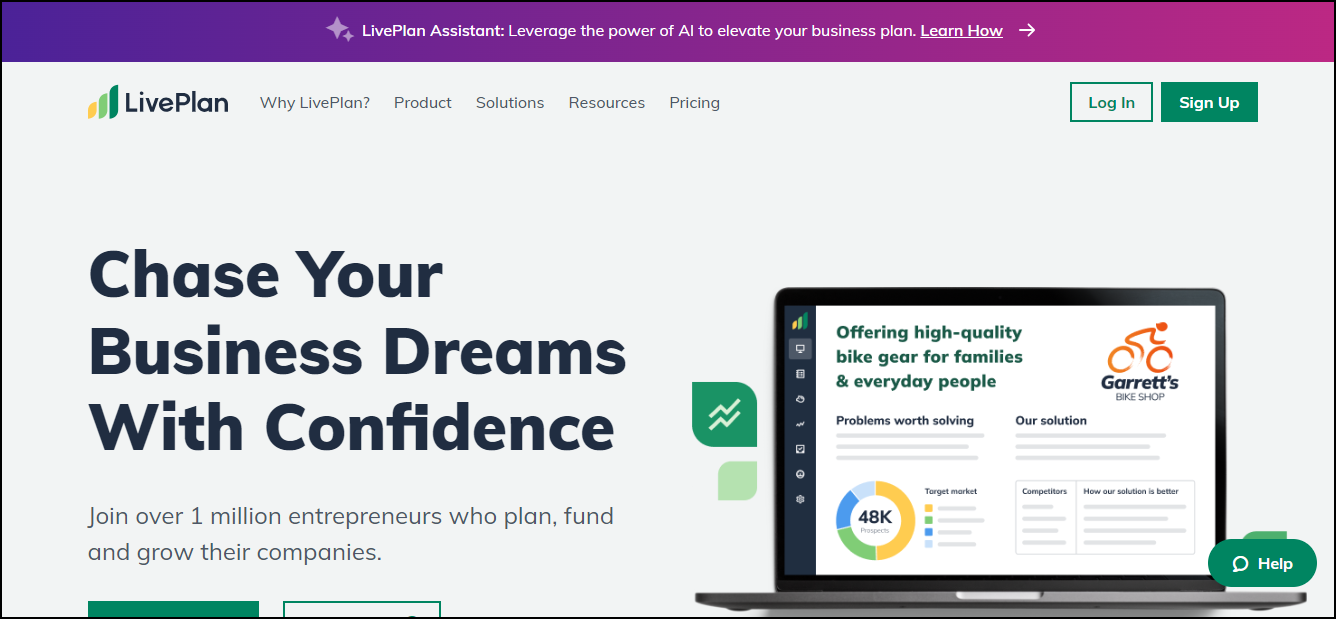
Source: LivePlan.com
It offers templates and examples that help you craft a professional executive summary. It guides you through the process of creating a business plan, including the executive summary, making it easier to organize your thoughts and present your business idea clearly.
- Canva:
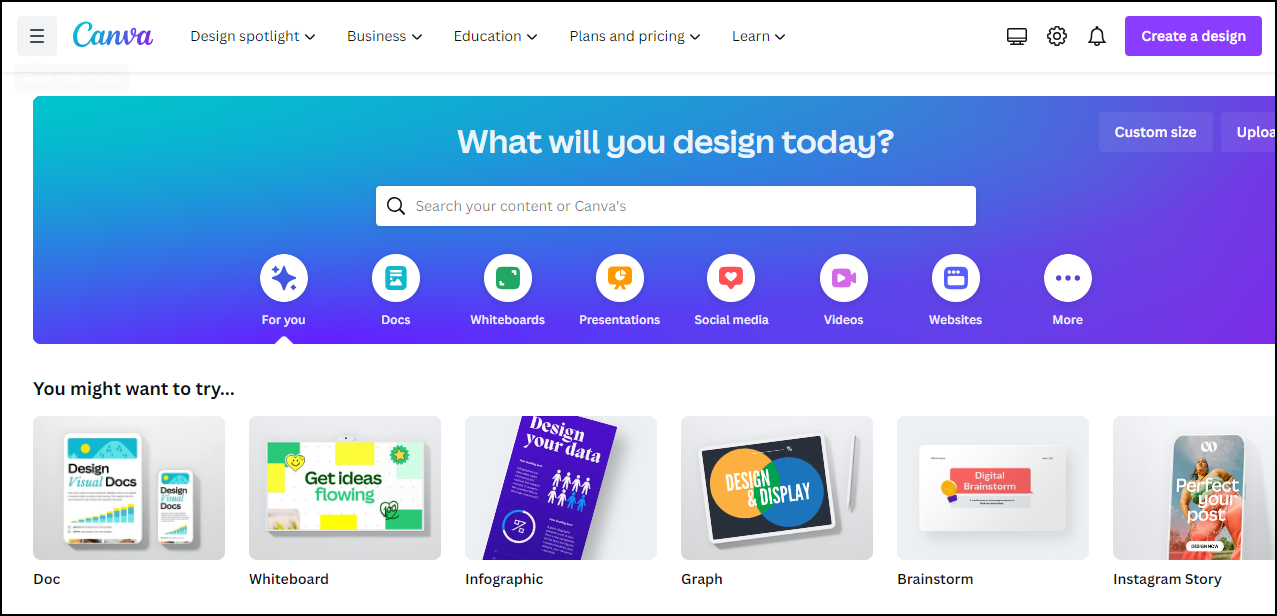
Source: Canva.com
Although primarily a design tool, Canva offers templates for business documents, including executive summaries. You can customize the template with your own text, colors, and branding to create a visually appealing executive summary.
- Upmetrics:
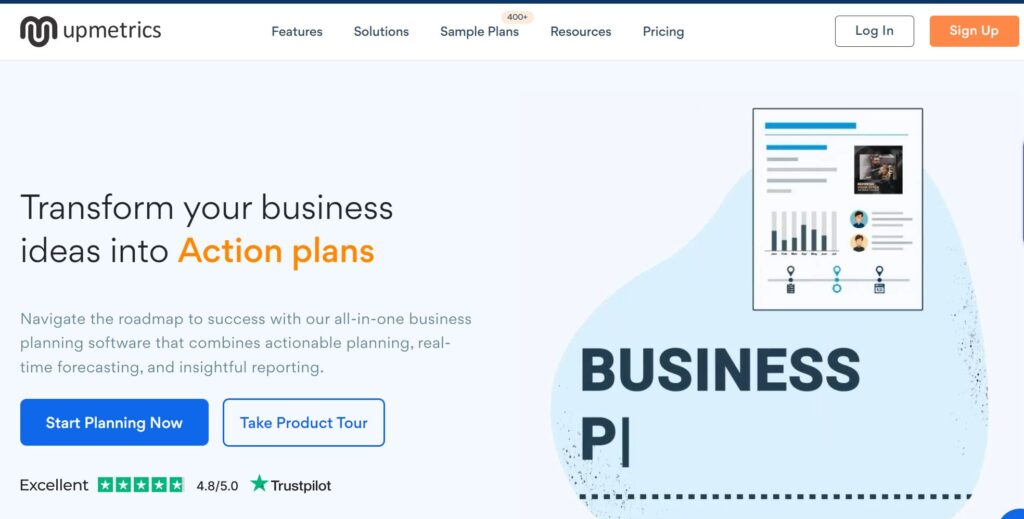
Source: Upmetrics.co
This is a business planning tool that provides templates and examples for various sections of a business plan, including the executive summary. It helps you structure your executive summary and ensures that you include all the necessary information.
- Bplans:
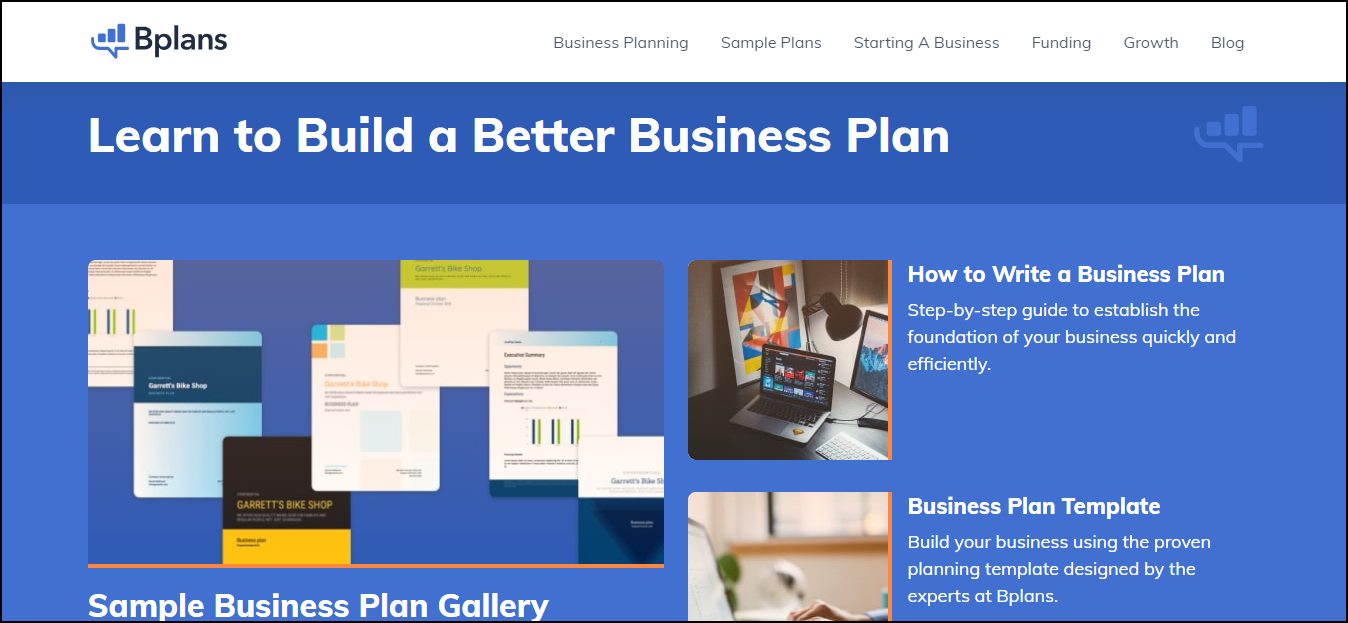
Source: Bplan.com
It offers a wide range of sample business plans from various industries, which can provide you with inspiration and guidance on how to craft your own executive summary.
- Venngage:
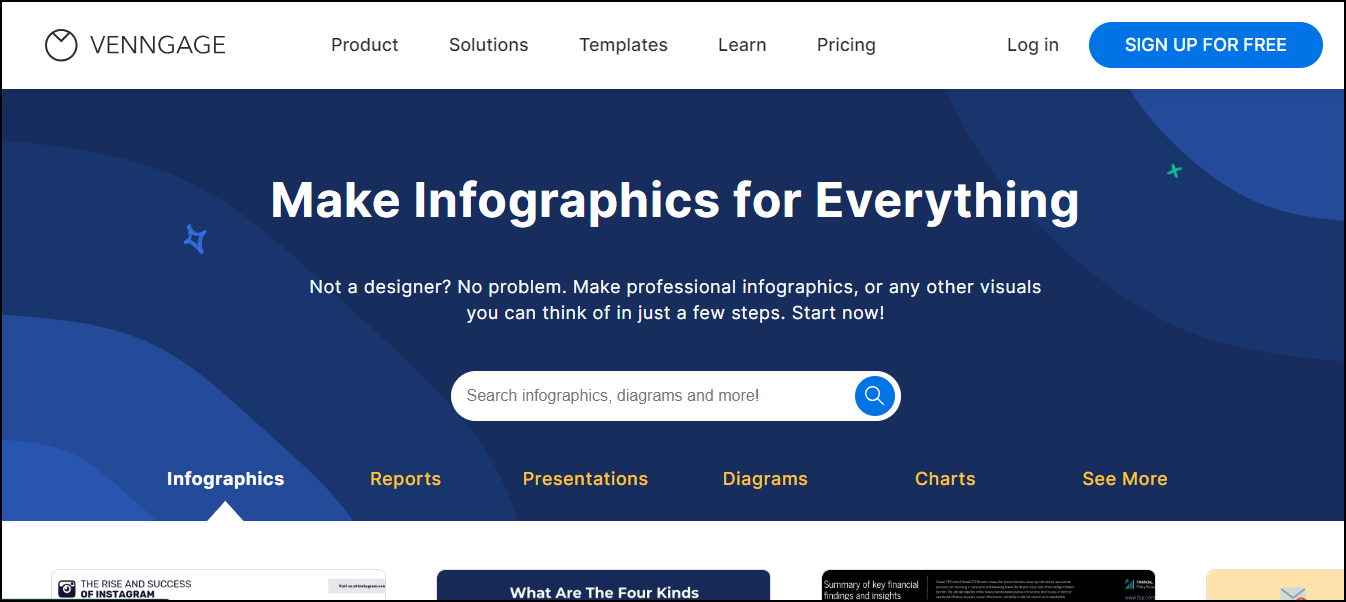
Source: Venngage.com
This is a design tool that offers templates for various business documents, including executive summaries. You can customize the template to create a visually appealing and professional executive summary.
- Pandadoc:

Source: Pandadoc.com
This tool offers document automation features that can help you create an executive summary quickly and efficiently. You can use their templates or create your own document from scratch.
- Tarkenton GoSmallBiz:
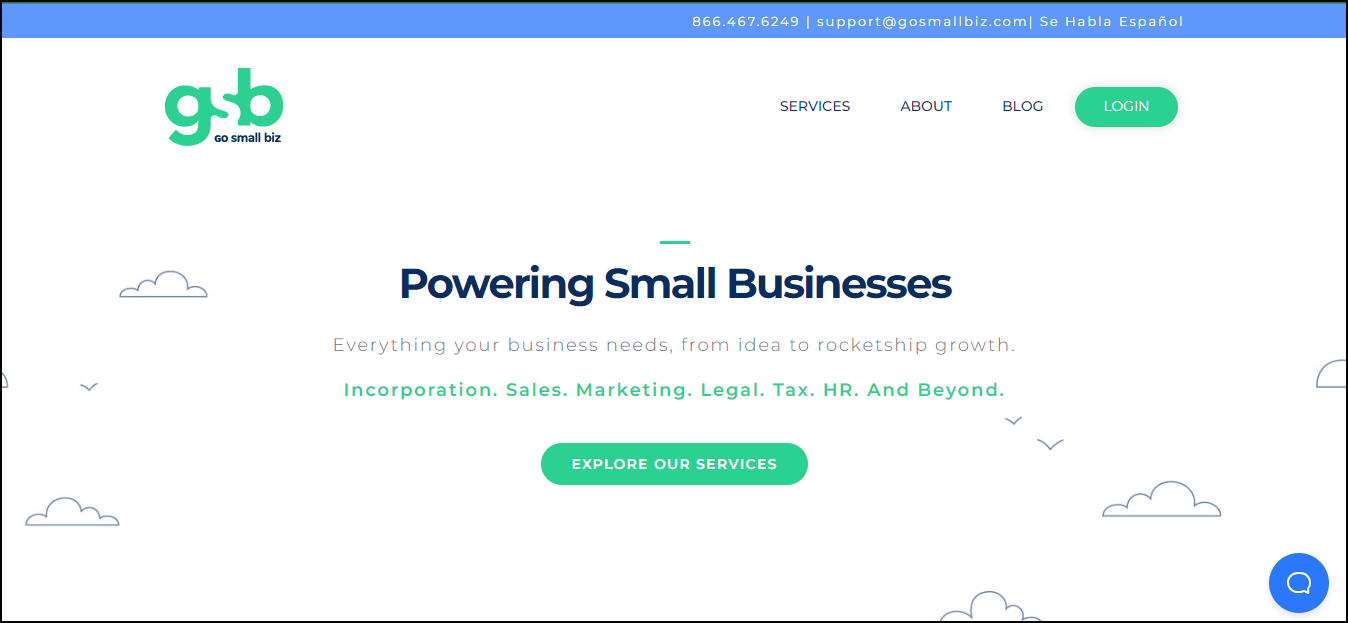
Source: GoSmallBiz.com
This is a comprehensive business planning tool that guides you through the entire process of creating a business plan, including the executive summary. It offers templates, examples, and tips to help you craft an effective executive summary.
- Bizplan:

Source: Bizplan.com
This is an online business planning tool that guides you through the process of creating a business plan, including the executive summary. It offers templates and examples to help you structure your executive summary effectively.
Tailoring the Executive Summary to Different Audiences
Crafting an effective executive summary involves more than just summarizing the report’s content; it also requires tailoring the tone, language, and content to cater to specific target audiences. Recognizing that different stakeholders have varying interests and priorities, a customized approach ensures that the executive summary resonates with each group. Here’s how the tone, language, and content of an executive summary may vary based on the target readers:
Investors:
When presenting to potential investors, the executive summary should emphasize the startup’s growth potential, market opportunity, and financial projections. The tone should be confident and visionary, showcasing the startup’s potential to generate returns on investment. The language should be business-focused and highlight key metrics such as revenue, profit margins, and market share. Additionally, the executive summary should emphasize the startup’s competitive advantage and the scalability of its business model.
Stakeholders:
For stakeholders such as board members or internal teams, the executive summary should provide a comprehensive overview of the startup’s performance, challenges, and strategic initiatives. The tone should be balanced and informative, conveying both achievements and areas for improvement. The language should be professional and technical, using industry-specific terms that resonate with the stakeholders’ expertise. The content should address key operational metrics, innovation efforts, and the alignment of strategies with the startup’s mission and values.
Clients:
When targeting clients or customers, the executive summary should focus on the value proposition of the startup’s products or services. The tone should be customer-centric and solution-oriented, highlighting how the startup addresses clients’ pain points. The language should be accessible and free of jargon, making it easy for clients to understand the benefits they can expect. The content should showcase real-world examples, testimonials, and case studies demonstrating the startup’s track record of delivering value to its clients.
Partnerships and Collaborators:
In the context of potential partnerships or collaborations, the executive summary should emphasize the mutual benefits and synergies. The tone should be collaborative and highlight how the partnership aligns with the goals of both parties. The language should emphasize shared objectives and the potential for innovation through collaboration. The content should showcase how the startup’s strengths complement the partner’s capabilities and how the combined efforts can lead to a win-win scenario.
Wrapping Up
The executive summary showcases your skill in summarizing your startup’s potential in a short and engaging way. It’s the vital link that connects curiosity to belief, capturing the core of your venture. Your executive summary isn’t just an introduction; it’s a build-up of potential, inviting stakeholders, partners, and investors to accompany you on this transformative journey.
As you embark on this path, may your executive summary pave the road for a symphony of accomplishments, echoing the triumphant successes of your startup’s future.
